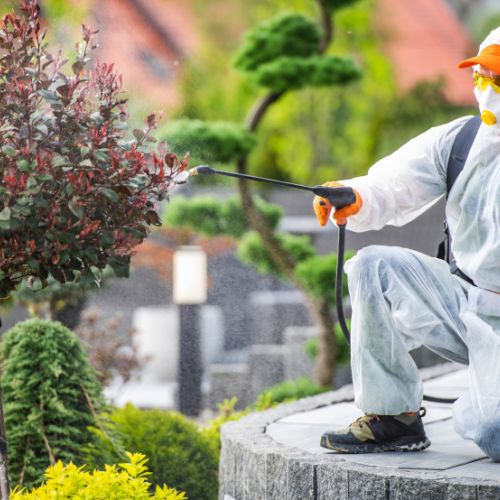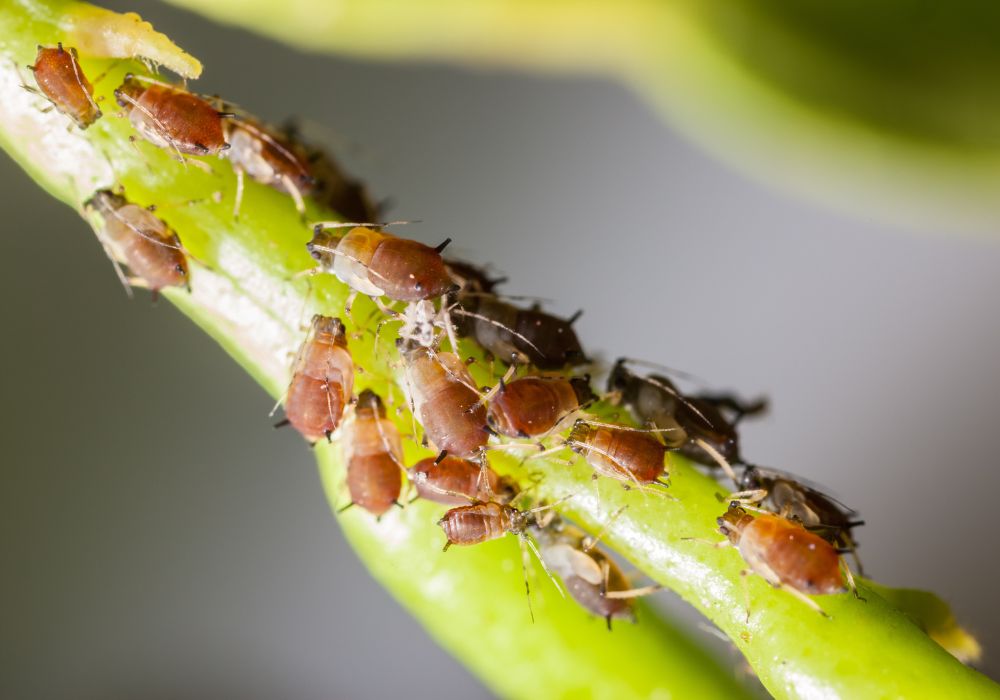
Identifying and Treating Termite Infestations
Termite infestations can cause significant damage to buildings and other structures, making it important to identify and treat them promptly. Termites are social insects that feed on wood, and they can quickly destroy structures if left unchecked. This blog will provide an overview of how to identify and treat termite infestations.
Identification
The first step in identifying a termite infestation is to look for signs of their presence. The most obvious sign of a termite infestation is the presence of mud tubes, which termites build to protect themselves while they travel between their nest and their food source. These tubes are usually found on the exterior of the building, but they can also be found inside walls, floors, and ceilings. Other signs of a termite infestation include wood that sounds hollow when tapped, wood that is damaged or discolored, and the presence of termite wings or droppings.
It is important to note that not all termites are the same. There are three main types of termites that are commonly found in the United States: subterranean, dry wood, and damp wood. Each type of termite has its own unique characteristics and behaviors that affect how they are identified and treated.
Subterranean termites are the most common type of termite in the United States, and they live in underground colonies. They build mud tubes to travel between their nest and their food source, which is usually wood that is in contact with the soil. Subterranean termites are most active in the spring and summer, and they can cause significant damage to a building if left untreated.
Drywood termites, on the other hand, live inside the wood they are consuming. They do not need contact with soil, so they can infest any wooden structure. Drywood termites are more common in warmer climates, and they are most active during the fall and winter months.
Dampwood termites live in damp or decaying wood, such as fallen trees or logs. They are less common than subterranean or dry wood termites, but they can still cause significant damage to a building if they are not addressed.
Treatment
Once a termite infestation has been identified, it is important to begin treatment as soon as possible. There are several different treatment options available, depending on the type and severity of the infestation.
Chemical Treatments
Chemical treatments are the most common type of termite treatment. These treatments involve the application of a liquid termiticide to the soil around the building, or directly to the infested area. The termiticide will kill the termites and prevent them from returning to the area. Chemical treatments can be very effective, but they can also be harmful to the environment and may require multiple applications.
Baiting Systems
Baiting systems are another popular treatment option for termite infestations. These systems involve placing bait stations around the perimeter of the building. The bait stations contain a substance that is toxic to termites, and the termites will carry the substance back to their nest, eventually killing the entire colony. Baiting systems can be very effective, but they require patience, as it can take several months to see results.
Fumigation
Fumigation is a more drastic treatment option for termite infestations. This treatment involves sealing the building and filling it with a gas that will kill the termites. Fumigation is usually only necessary for severe infestations, as it can be expensive and requires the building to be vacated for several days.
Prevention
Prevention is key when it comes to termite infestations. There are several steps that can be taken to prevent termites from infesting a building in the first place.
Keep wood away from the building: Termites need a food source to survive, so keeping wood away from the building can help prevent an infestation. Firewood, lumber, and other wooden materials should be stored at least 20 feet away from the building.
Fix leaks: Damp wood is attractive to termites, so fixing leaks and other sources of moisture can help prevent an infestation. This includes fixing leaky pipes, downspouts, and gutters.
Use treated wood: When building or renovating, use treated wood that is resistant to termites. This will make it less likely that termites will be attracted to the building.
Seal cracks and crevices: Termites can enter the building through even the smallest cracks and crevices. Sealing these entry points can help prevent an infestation.
Have regular inspections: Regular inspections by a pest control professional can help identify a termite infestation before it becomes severe. This can save time and money in the long run by preventing extensive damage to the building.
Conclusion
Identifying and treating termite infestations is crucial for protecting buildings and other structures from significant damage. By understanding the signs of a termite infestation and the different treatment options available, homeowners and building managers can take proactive measures to prevent infestations or address them early on. Prevention measures, such as keeping wood away from the building, fixing leaks, using treated wood, sealing cracks and crevices, and having regular inspections, can also help reduce the risk of termite infestations. Taking these steps can help protect buildings and the people who use them from the destructive effects of termite infestations.
TOP RATED PEST CONTROL SERVICES IN NYC
24 Hour Pest Control NYC
Top Rated Residential Pest Control Services
Fast Restaurant Pest Control in NYC
Get Rid of Pests From Your Business in NYC
MAIN SERVICES
Related Blogs
The Benefits of Regular Pest Control Maintenance for Your Home or Business
The Benefits of Regular Pest Control Maintenance for Your Home or Business Pest control is an important aspect [...]
10 Common Pest Found In Homes with Tips For Beginners on How to Control Them
10 Common Pest Found In Homes with Tips For Beginners on How to Control Them Pests are unwelcome [...]
The Role of Pest Control in Sustainable Agriculture
The Role of Pest Control in Sustainable Agriculture Agriculture is one of the most important sectors of the [...]





